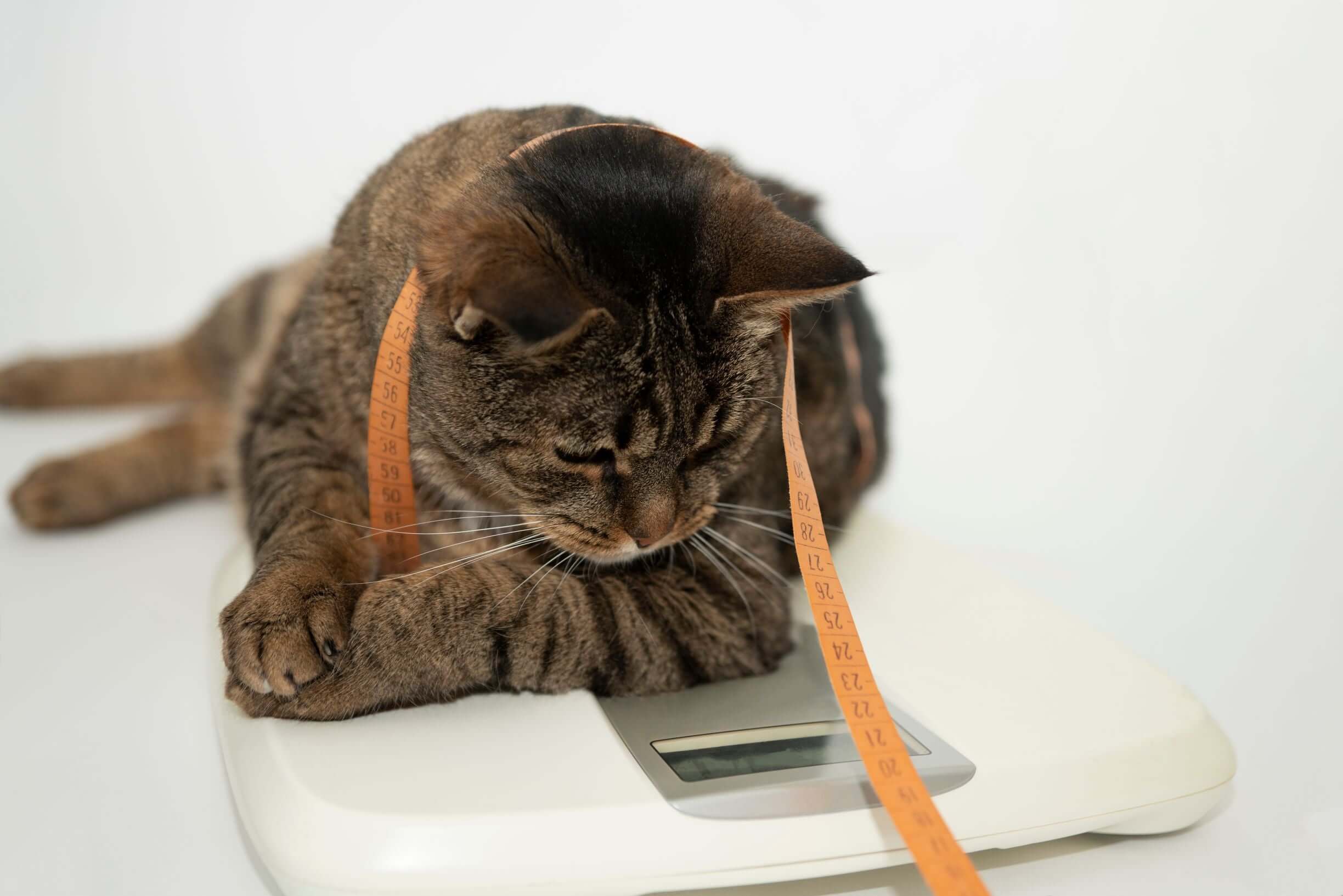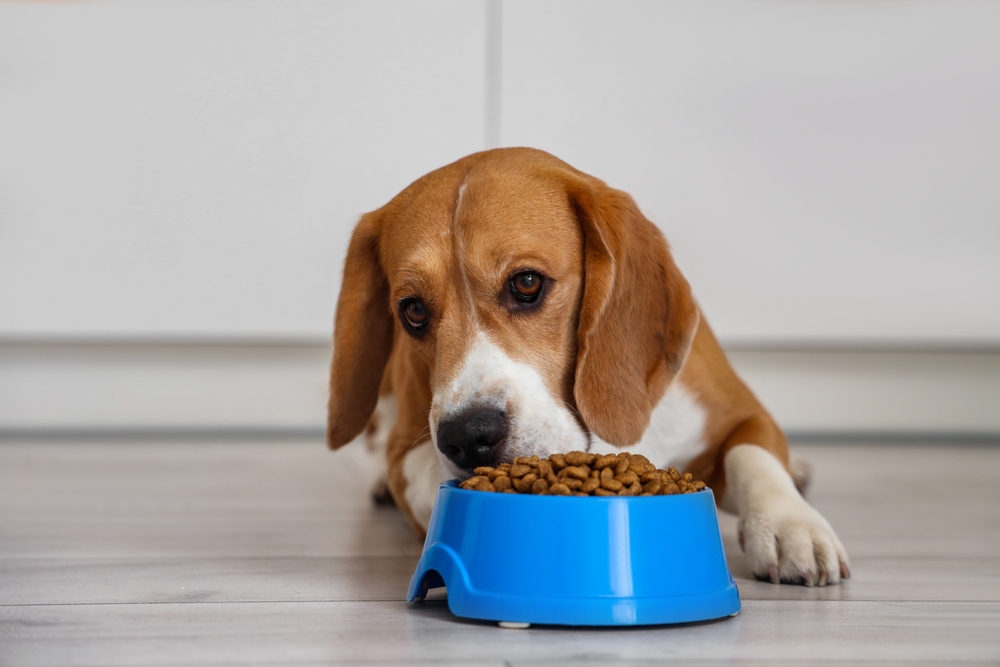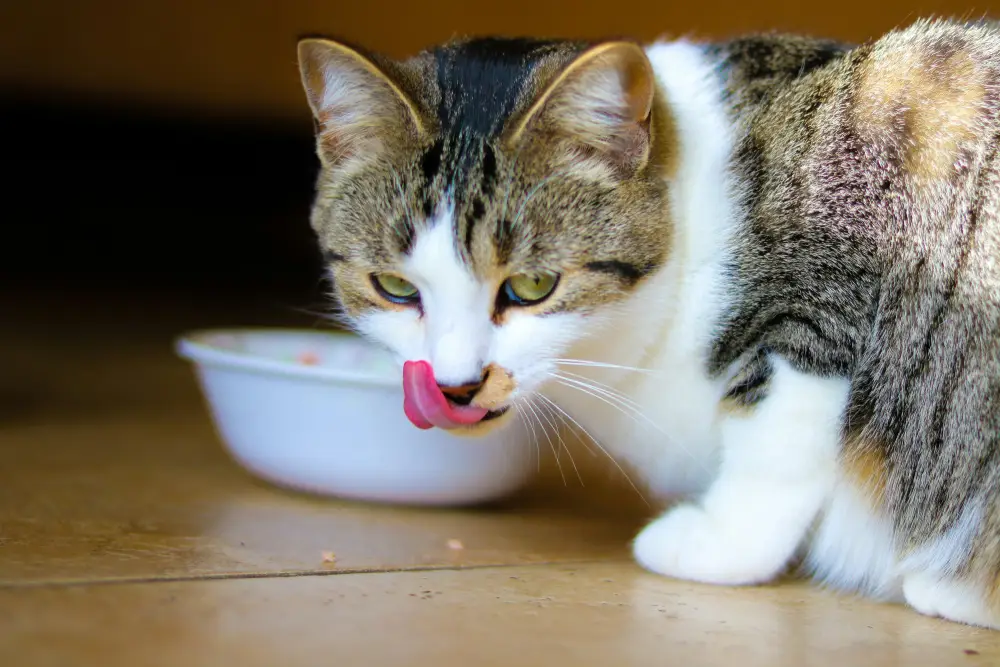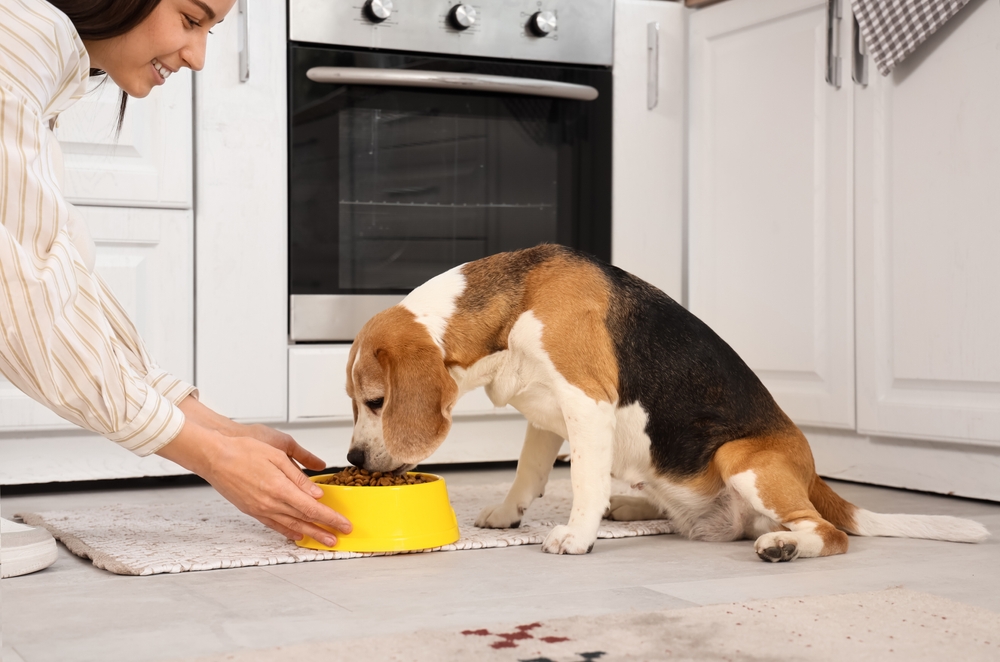The benefits of puzzle feeding cats
December 10th 2020
What is Puzzle feeding?
Puzzle feeding is simply a way of feeding your cat in a more rewarding and stimulating manner than the ordinary bowl method. Your cat has to figure out what movement of a toy is required to get the food out, creating a game!
Many owners wish to keep their cats indoors due to safety or health reasons, however, it is important to remember supply them with enough environmental enrichment to keep them mentally stimulated and physically fit. Using a puzzle feeder can provide this enhancement into their daily life.
Cats are natural born hunters and they normally get their meals by stalking, pouncing and
capturing prey. In the domesticated lifestyle, we are simply serving beautifully prepared birds and mice in a ceramic bowl, usually two times a day, which causes them to become lazy and bored. For this species, a successful meal requires mental and physical stimulation.
Types of puzzle feeders
Puzzle feeders come in many shapes and sizes. If you’re just starting out using them then consider a simpler puzzle and then move onto more complex designs.
You can choose from stationary puzzles where the cat has to use his/her paws to knock, push or pull the food to where they can eat it, or a moving puzzle they have to chase or bash around to get the tasty reward out.
You can make your own inexpensive, homemade puzzle feeders easily using toilet rolls and bottles making them as simple or complex as suited to your cat.
Puzzle feeding is simply a way of feeding your cat in a more rewarding and stimulating manner than the ordinary bowl method.
Why do we need them?
You cat doesn’t technically ‘need’ a puzzle feeder but for many cats, it can be a very effective tool for adding mental stimulation into daily life. It can also help prevent a variety of different behavioural and health issues such as obesity, diabetes, joint issues and urinary tract issues.
In our practice we often see cats that eat too quickly – may be living in a multi-cat household and not wishing to share puts the pressure on! But eating too quickly can cause vomiting a problem for cat and owner alike. Puzzle feeders will keep greedy cats busy and cause them to eat at a digestible pace, encouraging weight loss!
Puzzle feeders provide the cat with a reward-based playtime, giving them something to do during the day instead of gazing out of the window or simply cat napping! This eases boredom reduces stress and unwanted behaviours such as destroying sofas, carpets and walls, encourages them to think about how to get the food and provides them with exercise.
Physical benefits of puzzle feeding?
Movement and exercise are always beneficial especially for indoor and overweight cats. The use of puzzle feeders makes its more challenging to get the food normally offered from a bowl. Not only does it help with weight loss and keeping cats active it also simulates the natural feeding behaviour of cats. As natural hunters they will normally eat little and often helping with digestion and energy levels. In the domesticated lifestyle they get 2/3 meals a day and eat it all at once and then are too full to do anything else but sleep.
Case Study: Coco, 7 years old
Although Coco wasn’t the heaviest of cats weighing in at 4.25kg she had a lot of excess fat around her abdomen suggesting she was overweight for her size. Due to being an indoor cat due to safety reasons she wasn’t really burning of the calories she was eating. She was very lazy and slept for most of the day, she didn’t seem interested in play and when did she got out of breath easily. It was decided that trying a puzzle feeder would help stimulate her mind but also her physical health.
After 4 months Coco was just under 4kg plays and interacts with the other household cats more and seems both mentally and physically healthier
.
Mental benefits of puzzle feeding in cats
Many unwanted behaviours that cat owners face, are due to the cat not getting enough stimulation from their surroundings; they are bored and become destructive, lazy and start to resent their environment causing a lack of bond between pet and owner. This usually results in owners thinking there is something wrong with their cat. Often, the problem lies within their surroundings and what the owners can do to make the cats life more interesting and stimulating.
Preventing behavioural problems before they arise is the ideal, however it can be helpful to know what signs to look for in your cat so you can recognise if they are stressed, bored or frustrated.
Vet Know-how
Although urinary tract problems are a physical problem there are clear links between stress, indoor cats and multi-cat households. Signs that your cat may have a urinary problem include:
Urination outside the litter tray
Straining when trying to pee
Producing blood when urinating
Passing small amounts of urine when going to the toilet
In male cats, some types of urinary conditions can be fatal so immediate veterinary attention should be sought.
Frustrated cats might become attention seeking and will constantly meow at their owner, follow them around, wake them up or steal food from counter tops or tables. They may also bite without warning, including pouncing on toes or fingers!
Some cats go the opposite way and instead of being bold and loud they may shy away. Nervous or anxious cats may hide from their owner, try to avoid being picked up and may even show aggression if touched. Aggression can be through fear and may be directed towards the owner or towards other pets in the household.
Although, each pet should be assessed individually and solutions worked out on a case-by-case basis, puzzle feeders and positive changes to the environment have been shown to help all of these problems to some extent.
Case study: George 1 year old.
George started off life hand reared with his two brothers after being abandoned. As George was a hand reared kitten, he is very needy for human interaction. He was a typical young, active and hyper cat – just like most cats are at that age. However, it became obvious that George needed a lot more stimulation than the other cats in the household.
Puzzle feeding was a great way of keeping George interested and mentally stimulated to keep him distracted from wrecking the house. He enjoyed the more complex puzzle feeders like the Catit senses tower which required him to knock kibble down from the top level through two lower levels to get the reward. He also enjoyed the puzzle feeder ball which he has to bash around to make the kibble fall out of the size adjustable hole. Over time this type of play and feeding style has helped George bond within the multi-cat household – he even taught his older sister Lexi how to do it!
How to use them
The best way to start using puzzle feeders is to start off easy, sometimes making your own can be more cost effective as eventually your cat will progress to the more complicated styles.
Before even putting food into your chosen style of feeder just try to feed your cat ‘bowl free’, scatter the food in different areas of a room. This will get them used to eating somewhere different and not from the normal bowl. It’s really important to make cats feel successful in the beginning of puzzle feeder training otherwise they will lose interest.
Then progress to filling a puzzle feeder to an accessible amount that they don’t have to work too much out to get the food. As time goes on you can make it more difficult by placing the food in the middle or spacing the food amount out.
Sometimes cats really won’t be impressed with this idea of eating but persevere and it will be worth every second.
More Skilled cats will figure things out quickly so it’s best to swap puzzle feeders around every few days to give them a variety of tasks to keep them interested.
Be careful they don’t cheat too; some cats figure out if they knock the whole tray/tower over, all the kibble falls out so these cats may be better with puzzle balls which you can get in different levels of difficulty.
Conclusion
Stick with it. Puzzle feeding can have a great impact on your cat’s physical and mental wellbeing adding the environmental enrichment they need to be happy cats. Not only will this benefit your cat, but you will see a remarkable difference in the bond you have with your pet if you help stimulate good natural behaviours rather than destructive boredom behaviours. There are so many different types of puzzle feeders on the market now that you can purchase or get inspiration to make one yourself – there’s no excuse not to try it.
Annette Cooke
RVN


 Shop Dog
Shop Dog
 Shop Cat
Shop Cat
 Vet Know-how
Vet Know-how Contact
Contact


